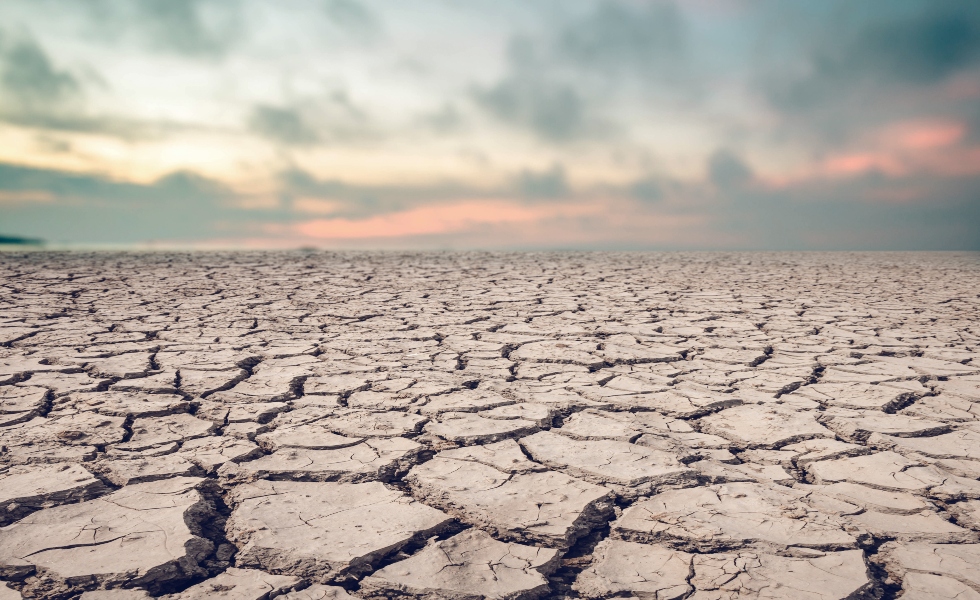La Française: COP 28, getting back on track

Climate negotiations will resume on November 30th in Dubai amidst extreme weather events, geopolitical conflicts and increasing public scrutiny of the integrity of public commitments. However, it remains to be seen if the COP will lead the way to ground-breaking advancements.
The World Meteorological Organization estimates that the average surface temperature, between 2023 and 2027, is expected to be 1.1° to 1.8° C higher than the average temperature at the end of the 19th century. Much of this increase is the result of recent activity.
The results of the Global Stocktake report[1] (which tracks the implementation of the Paris Agreement and assesses progress towards long-term goals) specifically note that 42% of emissions generated since 1850 come from the era running from 1990-2019. It is clear that to keep the 1.5° C target alive, more ambitious financial policies and commitments are necessary.
After several years of stagnation or even disillusionment, this COP needs to demonstrate that climate negotiations remain relevant and capable of inducing real change, up to the climate challenge.
Remember that the 1.5° C trajectory now requires global emissions to fall by 43% by 2030 vs. 2019 and by 60% by 2035[2]. For context purposes, since the Paris Agreement, CO2 emissions were higher in 2021 and must reach their peak before 2025 if the trajectory is to be conceivable.
The COP 28 presidency wants to mobilize public and private contributions in the following areas, which could generate more or less disruption:
- Acceleration of the energy transition and reduction of emissions before 2030;
- Securing climate financing;
- Nature, just transition and people;
- Inclusion.
On more traditional topics of energy transition, attention will focus on accelerating the phasing out of coal, which is not expected to be the source of a positive surprise.
Indeed, the AR6 (Sixth Assessment Report of the Intergovernmental Panel on Climate Change) projections show that an alignment with 1.5° C would require a 67 to 82% reduction in coal use by 2030 vs. 2019[3]. This alignment would require a fuller exit than what has been agreed, whereby there is still room for interpretation with ‘phasing down’.
On the other hand, it would appear that we could expect a commitment from the oil industry to halve Scope 1 and 2 emissions and target zero methane emissions throughout the value chain.
In terms of replacement capacity, we also expect a commitment to increase threefold the global renewables capacity by 2030. The trend is positive here and based on the massive fall in unit energy prices between 2010 and 2019; on average, an 85% unit price reduction for solar and 55% for wind[4].
Within the finance sector, one of the greatest disappointments has been the commitment to mobilizing public and private funding for the fight against climate change, which was supposed to reach USD100bn per year in 2020 and after falling short once, has never been achieved since.
However, according to the 5th biennial high level ministerial dialogue on climate finance, there is hope that the target will finally be reached this year. There may be a light at the end of the tunnel given optimism surrounding financing, which is widely considered as an indicator of climate ambition. All parties now expect greater commitments to finance climate change adaptation and the most vulnerable countries.
The ‘Stocktake 'mentions that job creations related to the energy transition would be 3.5x higher than job cuts by 2030. Indeed, real progress could result from the notion of a just transition, which is inclusive of nature and people.
At COP27, oceans and forests emerged in negotiations given their fundamental link with climate change. Health, whether it affects humans or agriculture, is expected to be formally mentioned for the first time at the upcoming COP. Climate change is disrupting health systems: higher incidence of heat strokes, tougher working conditions, increased virus borne diseases, changes in crop nutrition and yields.
One thing is clearly different this year, and it lies in the general awareness of the inadequacy of action. Global Stocktake strives to suggest more ambitious policies that could be the basis for a promising future post COP 28. The key to keeping the 1.5° C target alive is international cooperation around coordinated domestic objectives, regardless of historical emissions. 'It is not the strongest of the species that survives, nor the most intelligent that survives. It is the one that is the most adaptable to change.'[5]









